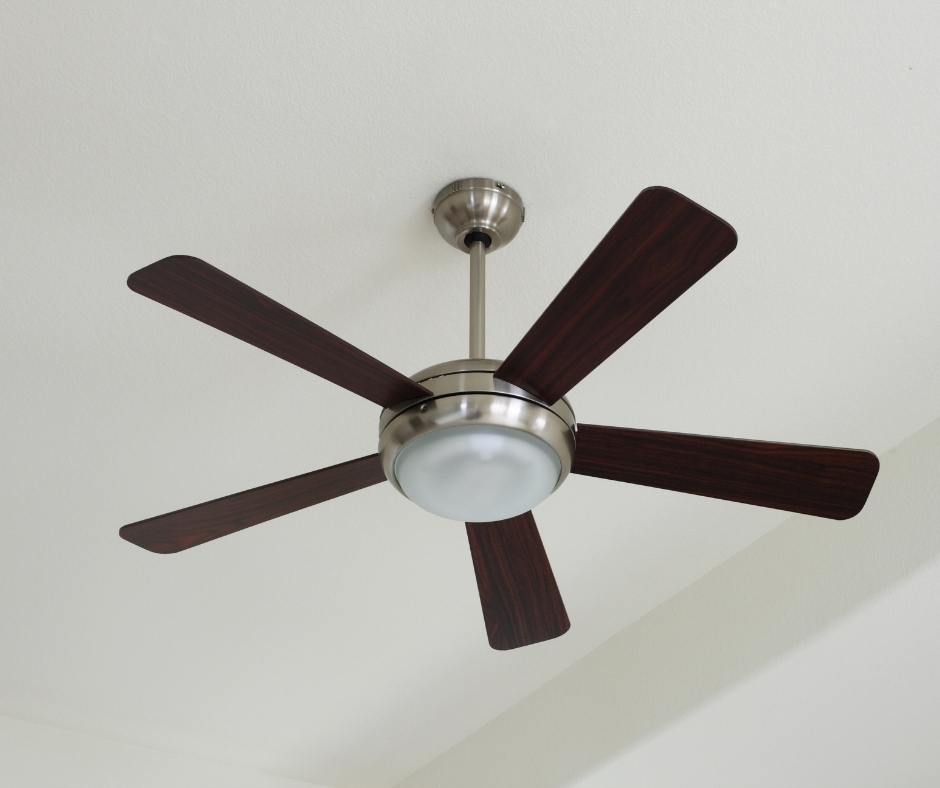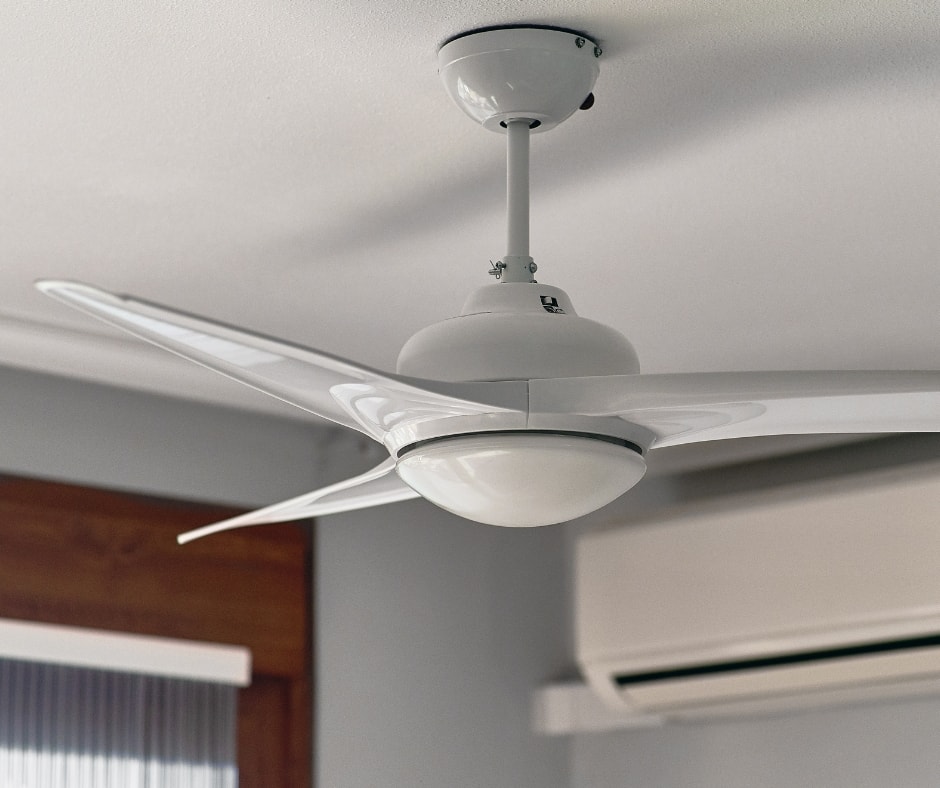If you’re in the market for a new ceiling fan, you might run across models with three, four, and five blades. You might even find a couple of stylish-looking fans with only one or two blades.
Understandably, people might wonder which number of blades is the best to have. Do fans with three or five blades offer the right balance between function and aesthetics?
This guide is intended to help you when it comes to buying a ceiling fan. Once you have the information you’re looking for, you can get to the most important task, which is picking the right one to pull your room together.
In This Article We'll Discuss
What is the best number of blades for a ceiling fan?

For years, the accepted notion was that the less blades you had, the better. More blades means more weight, which means the motor has to work harder. That not only leads to a noisier fan, but it also causes the motor to burn out more quickly.
Thanks to advances in design and materials, that is no longer the case. The number of blades makes very little difference in a ceiling fan’s performance. In fact, a three-bladed fan operates only marginally better than a five-bladed fan, or even one of the eight-bladed fans now available.
In the past, five blades was the standard option for residential ceiling fans. Fans with three or four blades are pretty common these days. You can also find fans with one or two blades, or even with as many as eight.
In theory, three would be the optimal number of blades. But manufacturers have changed that with lighter construction materials, different blade designs, and differences in blade angles. The degree of the blade angle is also known as its pitch.
Your overall decision should be based on how the fan will look on your ceiling.
Does the number of blades on a ceiling fan make a difference?
Theoretically speaking, a three-bladed fan would work the best because they put the least amount of stress on the fan’s motor. That’s a primary reason why industrial windmills have three blades.
However, in practice, the difference between three and five blades is negligible. The more important factors are the pitch, length of the blade, and whether the fan is balanced. Today, you can even find one-bladed fans that work just as well as a three-bladed fan.
Performance is important when choosing the right fan, but it isn’t as important as choosing a fan that goes well with your room design. If you find two fans that look very similar and are both in your price range, then performance should be the deciding factor.
Look for a fan with a pitch of between 10-15 degrees, slightly longer blades, and a reputation for maintaining its balance.
Which ceiling fan is the best – 3 or 4 blade?
For years, the standard option available for residential use was a five-bladed fan. That has changed in recent years, so now you can find fans with anywhere from one to eight blades. Most choices, however, are fans with three, four, or five blades.
If all other factors were the same, three blades would be the optimal choice. Three blades put less stress on the motor because the fan weighs less. That results in quieter operation and better airflow. It would also extend the life of the fan motor.
Advances in fan design and materials have leveled that playing field, however. When it comes to performance, the number of blades is much less important than the blade length, pitch, and whether the fan is properly balanced.
The most important thing to consider is how your fan will fit in with your room’s design. You’ll want to imagine what the fan will look like in motion and when it’s still. A fan with three thin blades will appear to take up less space than a fan with four wide blades.
Why do some ceiling fans only have 3 blades?

In the world of marketing, some people will insist that fans with three blades perform the best. They will claim they circulate air the best and, since they weigh less, they’ll last the longest. In reality, there isn’t a notable difference in performance.
So, the actual reason some ceiling fans only have three blades is that they will look better in certain spaces than other ceiling fans.
Since the number of blades has very little effect on performance, your decision should be based on how the fan looks. You’ll want to imagine how the fan will affect the appearance of a room at rest and while in operation.
Three-bladed fans will take up less ceiling space than fans with more blades. If you get a fan with thin blades, it will occupy even less space. Three-bladed fans are good for breaking up the appearance of a ceiling without dominating it.
This is important in small rooms with small ceilings— like bathrooms. A three-bladed fan is less noticeable on a small ceiling than a fan with five or more blades.
Conclusion
When it comes to the number of blades on ceiling fans, the right option for you is whichever fan will look best in your space. Ceiling fans designed for homes typically come in three, four, and five-blade configurations. But, there are some with more and even some with just one.
The number of blades has very little impact on how the fan operates, however. Depending on the blade angle and speed, a five-blade fan can circulate air as efficiently as a three-blade fan. Modern fans are also designed so that the added weight of more blades won’t affect them.
If you found this article beneficial, feel free to leave a comment down below. We also invite you to share it on social media.

